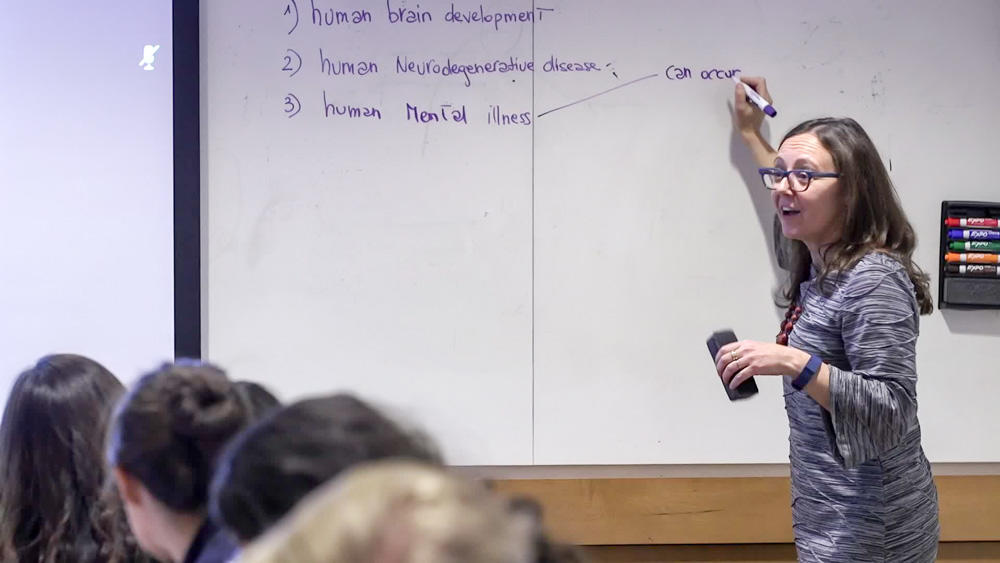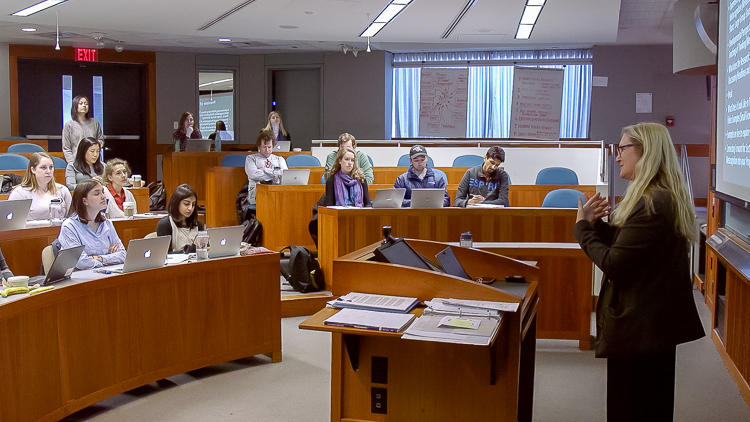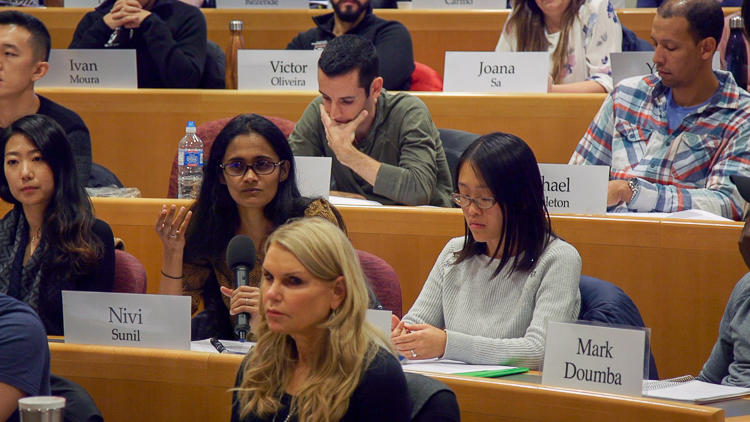One of the lecturer’s biggest fears remains ending class without having addressed enough of the material he/she planned to cover. To prevent this, Paola Arlotta identifies four or five key topics to address in a particular lecture before class. If discussion runs long on one of those topics, she makes quick decisions about how to reshuffle timing to ensure her objectives are met by the end of the lesson.
Planning ahead to facilitate the inclusion of student contributions
Instructor
Paola Arlotta, Professor of Stem Cell and Regenerative Biology
Student Group
Undergraduate
School
Harvard College
Course
Got (New) Brain? The Evolution of Brain Regeneration
Group Size
22 students
- Before class, identify what students need to know and what they need to be able to do by the end of the lesson. Work backwards to plan how you’ll know if this objective has been met, the content and skills you need to present, and the set of practice activities that will guide students to mastery.
- Whenever possible, lectures should focus on one major topic and learning outcome. A common mistake in lecture design is to either include too much material and/or deliver material too quickly.
- In your lesson plan, add time estimates to each major topic you plan to cover so you can adjust in the moment if one section in your lecture runs long or concludes quicker than expected
- Consider how today’s lesson relates to yesterday’s and tomorrow’s. Determine what scaffolding might be needed to get students to internalize new learning and what skills are prerequisites for future material you will teach.
- Allen and Tanner describe the development of learning objectives that promote long-term learning and student engagement in the undergraduate science classroom (2007)
- Students who reported covering a single scientific concept in depth in high school performed better in undergraduate science courses compared to peers who reported greater breadth in high school (Schwartz et al., 2008)
- Although geared towards the sciences, Carleton College’s guide for “How to Plan a Single Class Period” is helpful for all instructors who seek a process for identifying daily learning outcomes or “landmarks” and creating a plan to achieve those outcomes
- Before you can create daily class “landmarks” you need to know where your course is heading. A guide from MIT’s Teaching + Learning Lab offers help on “Intended Learning Outcomes”
- In another Instructional Moves video, Brett Flehinger describes how he adjusts his lecture plan to achieve daily learning outcomes while also being responsive to student understanding and energy




